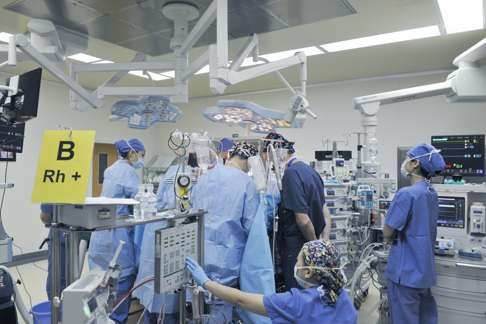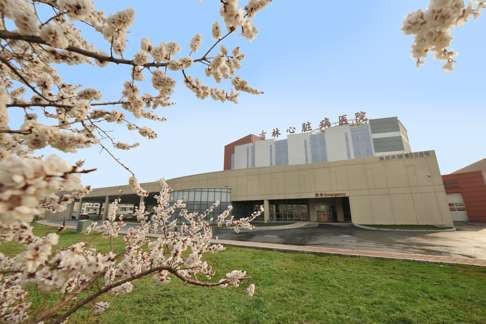China Briefing | How two brothers built a Western-class heart hospital in rust-belt China
With backing from global organisations, including the Clinton Foundation, Huang Hai and Huang He built a medical facility that delivers on the promise of health care reforms – quality service at prices people can afford

Lining a wide boulevard in an upscale neighbourhood in the southeast of Changchun, the capital of the agricultural province of Jilin, are some fancily named residential compounds, including “Whistler”, supposedly transplanting the design and ambience of the famed Canadian resort town, while another promises a New York Central Park experience.
Standing in their midst is the innocuously named Jilin Heart Hospital (JHH). While some developers borrow foreign-sounding names to try to boost sales, the hospital owners built it brick by brick according to the specifications of the famed Community Heart and Vascular Hospital in Indianapolis with the blueprint supplied by the Clinton Foundation.

Initially helped by Children’s HeartLink, an international medical non-profit organisation also based in Indianapolis and partly funded by the Clinton Global Initiative, the hospital has adopted Western hospital management procedures and recruited cardiologists and specialists from countries including Germany, Italy, Austria and Bulgaria, along with imported state of the art medical equipment including the Hill-Rom beds.

Owners Huang Hai and Huang He, brothers from diverse backgrounds whose names literally mean Yellow River and Yellow Sea, have nurtured an ambition to build the 300-bed hospital with a 300 million yuan (US$45.1 million) investment into the best of its kind in China and Asia.
But it will be an uphill task, to say the least. As they intend to blaze a new trail in China’s much maligned medical system, they have to steer their venture against the entrenched and largely corrupt medical practices in the public hospitals, government bureaucracies, and the widespread scepticism of fellow medical practitioners and even their potential patients.

